-
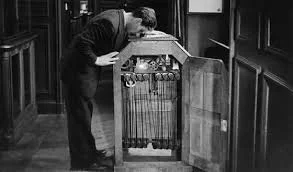 No one person invented cinema. However, in 1891 the Edison Company successfully demonstrated a prototype of the Kinetoscope, which enabled one person at a time to view moving pictures.
No one person invented cinema. However, in 1891 the Edison Company successfully demonstrated a prototype of the Kinetoscope, which enabled one person at a time to view moving pictures. -
 The first time the Kinetoscope was seen in public was in 1893.
The first time the Kinetoscope was seen in public was in 1893. -
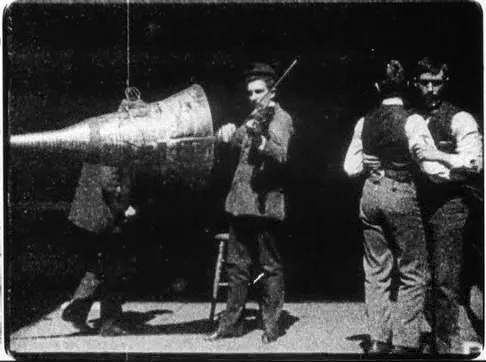 In 1894 there were Kinetoscopes that were viewed around the world.
In 1894 there were Kinetoscopes that were viewed around the world. -
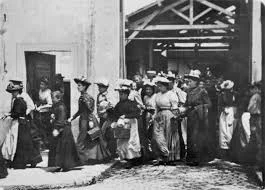 The first to present projected moving pictures to a paying audience were the Lumière brothers in December 1895 in Paris, France. They used a device of their own making, the Cinematographer, which was a camera, a projector and a film printer all in one.
The first to present projected moving pictures to a paying audience were the Lumière brothers in December 1895 in Paris, France. They used a device of their own making, the Cinematographer, which was a camera, a projector and a film printer all in one. -
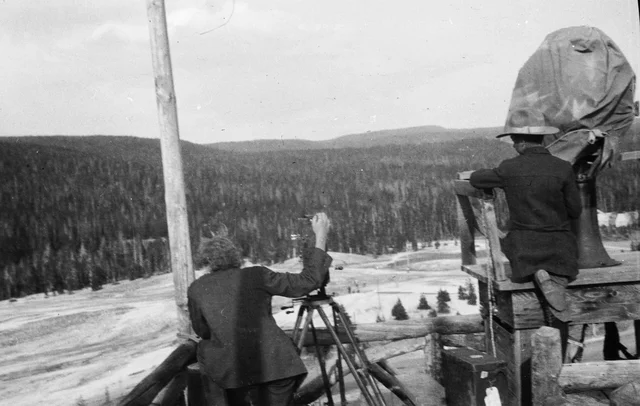 By 1914, several national film industries were established. At this time, Europe, Russia and Scandinavia were the dominant industries. Films became longer and storytelling, or narrative.
By 1914, several national film industries were established. At this time, Europe, Russia and Scandinavia were the dominant industries. Films became longer and storytelling, or narrative. -
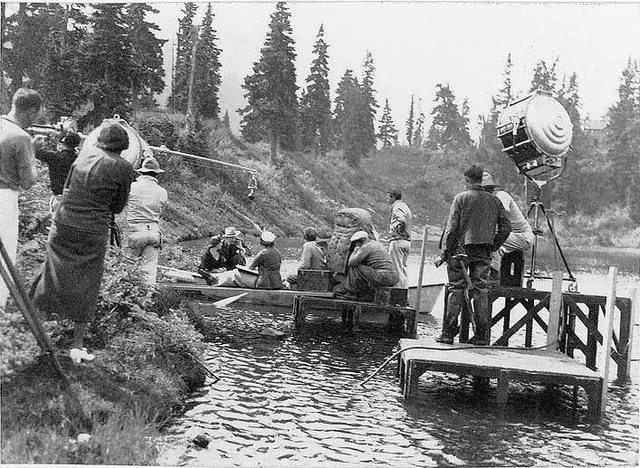 In the 1930's the cinema business was thriving with high demand.
In the 1930's the cinema business was thriving with high demand. -
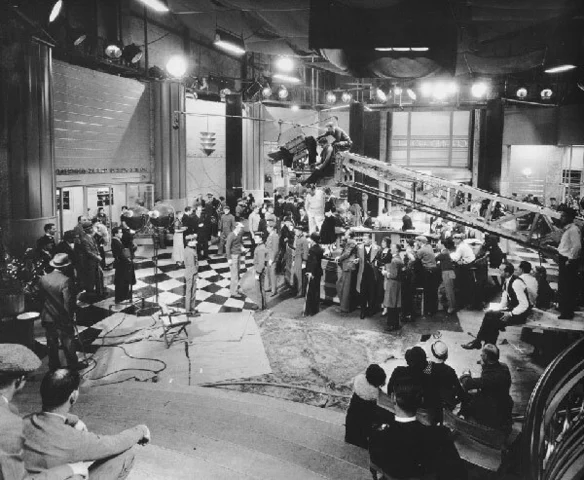 In 1932 filming industries added a color scheme of three to movies.
In 1932 filming industries added a color scheme of three to movies. -
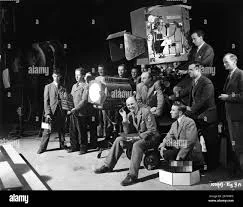 In Britain, the highest attendance occurred in 1946, with over 31 million visits to the cinema each week.
In Britain, the highest attendance occurred in 1946, with over 31 million visits to the cinema each week. -
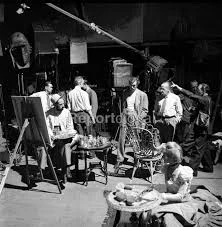 In 1952, the Cinerama process, using three projectors and a wide, deeply curved screen together with multi-track surround sound, was premiered.
In 1952, the Cinerama process, using three projectors and a wide, deeply curved screen together with multi-track surround sound, was premiered. -
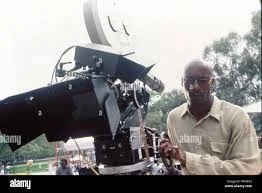 In the next 30 years audiences dwindled. By 1984 cinema attendances in Britain had declined to one million a week.
In the next 30 years audiences dwindled. By 1984 cinema attendances in Britain had declined to one million a week. -
 The filming industries made more sales by making more available movies and more adjustments to their equipment.
The filming industries made more sales by making more available movies and more adjustments to their equipment.